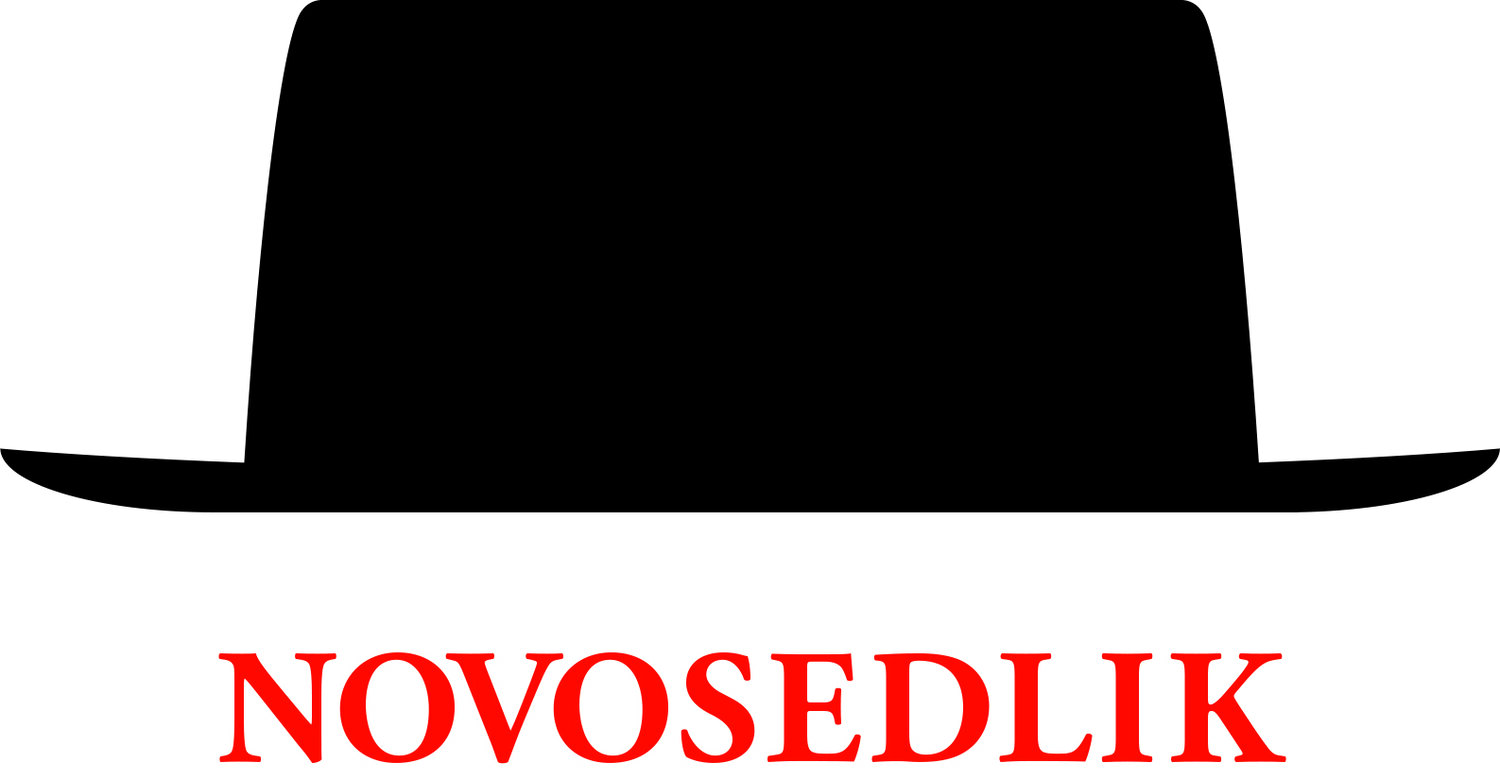Breakthroughs Belong to No One
.........................................................................
Originally published in Applied Arts Magazine, 2018
.........................................................................
4 MINUTE READ
It’s a time-honored cliché. An individual labors long and hard on a problem. After hours, days, maybe even weeks of concentrated effort, she decides to have a bath, light a candle, pour a glass of wine, and give her brain a break. But of course her brain has other ideas. Just as she gets comfortable, just as she closes her eyes and slides deeper into the warm, scented waters: kaboom! The solution presents itself in blazing Technicolor, seemingly out of nowhere.
Such moments do occur; the neurology of the epiphany is well studied. But in the popular imagination, the power of the “Archimedean moment” resides as much in the magical appearance of a solution as it does in the fact that it appears to happen in an unaided individual mind.
As Gerhard Fischer of the University of Colorado Center for Lifelong Learning and Design said in his 2005 paper, Social Creativity: Making All Voices Heard: “The power of the unaided individual mind is overrated.” Fischer’s position is supported by Mihaly Csikszentmihalyi in his celebrated 1996 book Creativity: Flow and the Psychology of Discovery and Invention, wherein the author posits that “creativity does not happen inside a person’s head, but in the interaction between a person’s thoughts and a socio-cultural context.”
It’s not the raw creativity or herculean intellect of an inspired individual that solves problems. It’s the interaction between that individual and others that leads to epiphany. Most scientific and artistic innovations or breakthroughs emerge from joint thinking, impassioned conversations, constructive conflict and shared struggles among different people.
In a world of increasing complexity, problems rarely fall within the boundaries of one specific domain (Fischer, 2005). They cross over those boundaries, spilling into many different domains, requiring the participation of stakeholders from different backgrounds. Consider the realms of urban planning, or software design, or product development. Any one of these disciplines requires the empathy of a social scientist, the mathematical and scientific capabilities of an engineer, and the creativity of a designer working together towards a solution.
You would never leave urban planning to architects alone. Architects tend to prefer buildings over the people who use them, and that is why so much architecture seems ill-suited to the humans who have to live and work in it. You would never leave product development in the hands of a social scientist unless you didn’t care about the product’s perceived utility, which is entirely dependent on its form factor. And we’ve all seen what happens when you leave software entirely to engineers: it ends up being designed for engineers.
The increasing wickedness of contemporary problems has driven the emergence of interdisciplinary studies. William Condee, professor of theatre at Ohio University, asserts that interdisciplinary studies should take on complex problems and ask “vexing” questions that cannot be answered within the boundaries of a single discipline, and that, “if examined with the tools of the discipline, would leave out the parts that are inexplicable within that discipline.”
There is another benefit to bringing different disciplines to the problem-solving table. A key technique for achieving breakthrough is through contextual juxtaposition. When ideas, objects, processes and principles from one context are juxtaposed against those of another, there exists the potential for a kind of dialectical transformation. Seeing the problem through another discipline’s lens gives one the permission to think outside the norms and boundaries of one’s own. It allows us to see things anew and to transform the combination of hitherto disparate inputs and perspectives into ideas and experiences that did not exist before the different disciplines were brought together.
In most large organizations, this is a fundamental challenge. Coming out of your functional silo to roll up your sleeves with colleagues from another one is often an exercise in defensive posturing, rather than constructive conflict. We tend to hide behind the silo walls, seeing them as a bulwark against the incursion of perspectives from colleagues who ”don’t understand” how our function works. Which is why a CFO often sees marketing as a money-pit and a CMO sees finance as a barrier to growth.
Organizations that cannot breach the silo walls when necessary are ill-equipped to achieve breakthroughs of any kind whatsoever. While they may wish for it, it’s as if they are instinctively aware of Barthes’ assertion that the product of interdisciplinary collaboration can’t be owned by any one discipline. In a world where competition trumps collaboration, just managing to poke through the silo walls at all would be a breakthrough.

